Having long lagged behind in the electric vehicle stakes – despite being an early leader when it came to hybrids – Lexus has revealed its statement of intent for what it has lined up for the near future. This striking concept is the LF-Z Electrified, which, as the name suggests, previews the company’s new electric propulsion technology for upcoming models.
At the heart of the car are two electric motors – one each on the front and rear axles – that deliver a total quoted output of 400 kW (536 hp) and 700 Nm of torque. The 90 kWh liquid-cooled lithium-ion battery is claimed to provide a range of around 600 km on the WLTP cycle and is capable of 150 kW of fast charging, although no charging times were offered.
The distribution of drive force between the front and rear wheels is managed by Lexus’ Direct4 technology, which it says controls the vehicle’s posture “according to human senses and inputs.” With the system, the car can power the appropriate wheels (front-, rear- or all-wheel drive) for each driving situation and seamlessly meter out its performance by measuring throttle and steering input.
The result, according to Lexus, is acceleration and cornering performance that is aligned to what the driver wants. It also enables the LF-Z to get from zero to 100 km/h in just three seconds flat on its way to a top speed of 200 km/h, the company says.
To take full advantage of the technology, the battery and motors have been positioned optimally to improve the car’s balance and reduce inertia. The longitudinal battery positioning under the floor of the LF-Z increases the chassis’ rigidity and lowers the centre of gravity, while also mitigating vibrations and unpleasant noises from entering the cabin – making this Lexus even more quiet and comfortable. Additionally, the steer-by-wire system is claimed to provide a quicker and more precise steering response.
The powertrain is wrapped in a coupé-style SUV body with a sweeping roofline, relatively tall ground clearance, large wheels and broad stance. The LF-Z sports an evolution of the Lexus design language, in which the trademark spindle grille has morphed into a “spindle body”, creating a three-dimensional front end that retains the distinctive shape of the maw on petrol-powered models.
Along the side, the low nose and cab-rearward glasshouse is said to be suggestive of the electric powertrain layout, while a strong shoulder line starts from front wheels and sweeps upwards towards the rear. Gloss flared wheel arch mouldings add to the strong stance, as does the full-width taillights. A prominent centre fin – carrying the vertical third brake light – and in-vogue centralised Lexus rear script complete the look.
Inside, the LF-Z cabin has been designed around the concept of Tazuna (Japanese for “rein”), drawing inspiration from the relationship between horse and rider. Special attention has been paid to the driver’s cockpit (which is finished in white to contrast against the rest of the dark interior), where the navigation system, infotainment and drive mode selection can be operated within the driver’s line of sight and without any complicated switches, using the steering wheel controls and augmented reality head-up display.
Lexus says that its new interior design language will focus on outward visibility, with the LF-Z featuring a low instrument panel and an expansive electrochromic panoramic glass roof that emphasises the feeling of openness. Together with the clean lines and shapes of the cabin, these measures provide a minimalist experience that Lexus calls true omotenashi, or hospitality.
Several new technologies have made their way into the LF-Z, including an AI-based voice control system, a sharable digital key, a next-generation Mark Levinson sound system with active noise cancellation, reclining rear seats with a massage function and touch-sensitive retractable door handles. The car can also scan for surrounding traffic and prevent passengers from exiting in a dangerous manner.
The LF-Z may be just a show car, but Lexus is serious about its electric ambitions. The company plans to implement the car’s driving performance, styling and technologies in its production models by 2025, by which it also plans to introduce 20 new or improved models. Of these, ten will be electrified in one way or another, whether fully-electric, hybrid or plug-in hybrid.
- DCIM100MEDIADJI_0163.JPG
Looking to sell your car? Sell it with Carro.

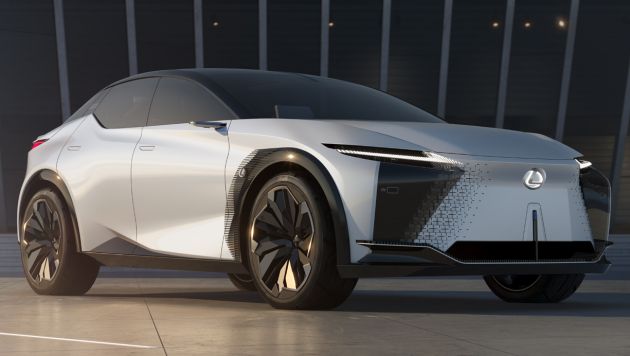
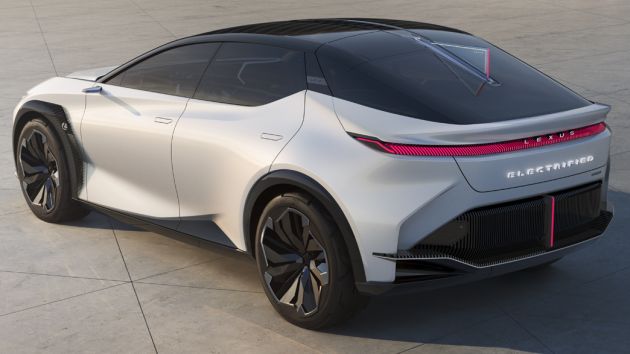
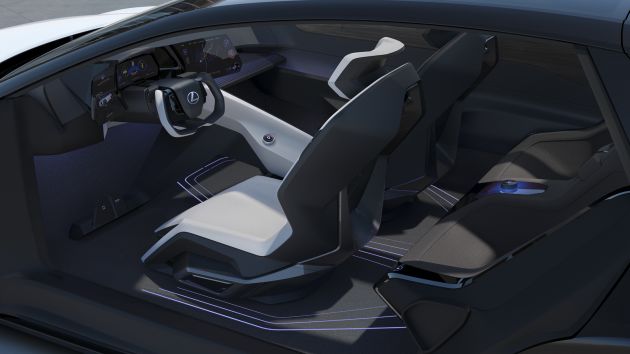
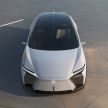
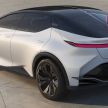
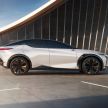
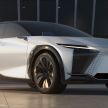
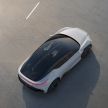
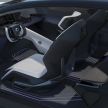
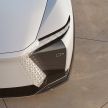
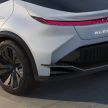
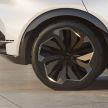
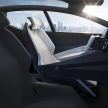
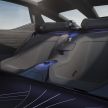
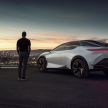
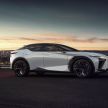
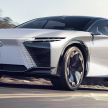
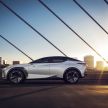
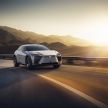
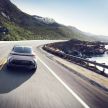

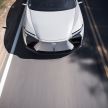
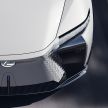
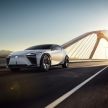
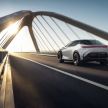

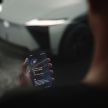


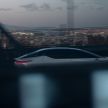


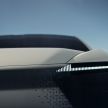
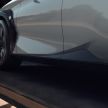
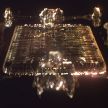
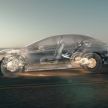


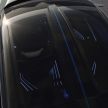

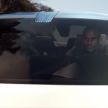

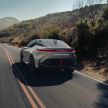
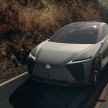


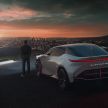













No worry…
Luckily we have Proton+Geely+Volvo. They will help Potong to become Proton. Technology transfer is happening now, really hope Proton can learn during honeymoon period.
But Proton is still a Potong. Organization cultures is still the same, it won’t change much even though there’s a new leader. Why would I say that? Because leaders are forced to adapt to existing cultures, not destroy them.
I visited to Proton showroom yesterday around 12PM. No one serve me, no one comes to me, no one great me, no one cares prospects.